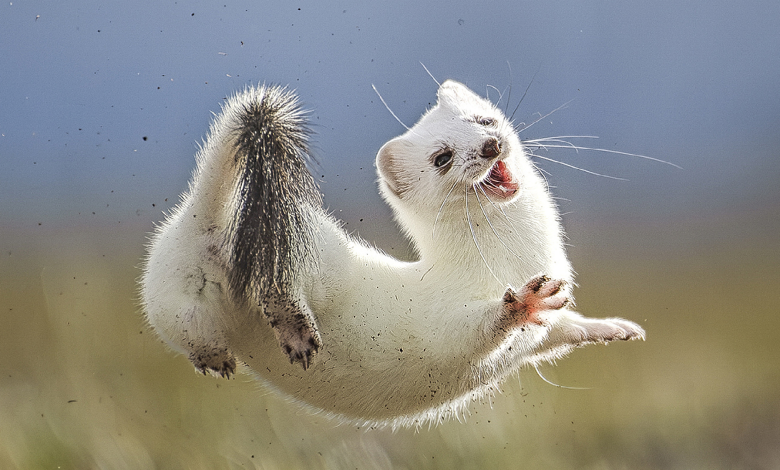Research on stoat behavior helps New Zealand's predator control


As stoats cause catastrophic damage to New Zealand’s threatened bird species, research has shown that simply putting out more traps may not catch the more cautious stoats, and less “scary” trap designs and more effective baits and lures are needed to make the traps more enticing.
Current trapping captures more males than females, but it’s more important to capture females, as they are pregnant almost all the time and breed very rapidly, according to the research published in the Journal of Applied Ecology on Wednesday.
<img src='https://news.cgtn.com/news/2024-07-31/Research-on-stoat-behavior-helps-New-Zealand-s-predator-control-1vGMOf9QlgY/img/679d0ee3a5714b68b8b9bb3cdbe3df9b/679d0ee3a5714b68b8b9bb3cdbe3df9b.png' alt='A stoat is seen jumping in France. /CFP'
Female stoats are generally more cautious and less likely to interact with the traps than male stoats. Stoats can also develop “trap shyness,” where stoats who come across a trap but don’t trigger it avoid all traps in the future, said the researchers from New Zealand’s Landcare Research and the University of Sydney.
Researchers call for understanding more about the animals who are avoiding the traps, as much of the knowledge of stoat populations comes from trapping.
New Zealand’s native ecosystems are under threat from introduced pest predators such as rats, cats, possums and stoats, and trapping efforts are effective up to a point, but it is very difficult to achieve full eradication of these predators, especially across large, remote areas, the study showed.
<img src='https://news.cgtn.com/news/2024-07-31/Research-on-stoat-behavior-helps-New-Zealand-s-predator-control-1vGMOf9QlgY/img/9d5543401511465b946425440a4a52b1/9d5543401511465b946425440a4a52b1.jpeg' alt='A stoat's fur changes color from white to brown in the summer as a form of camouflage. /CFP'
As Landcare Research evaluates the current toolkit of trapping technologies from the perspective of the pest, new knowledge is needed on why some pest animals evade or fail to interact, it said.
The experiment, which complied with all relevant animal welfare and ethics requirements, was run over 81 nights with 28 stoats, both male and female, using infrared cameras to film.
Understanding sex biases in trap capture is essential to eradication and planning future pest control efforts, the researchers said.

